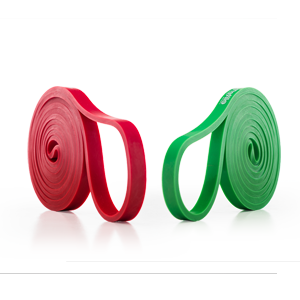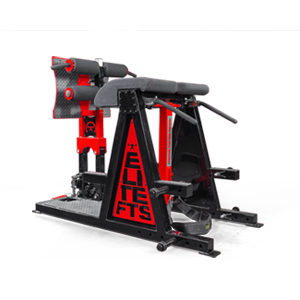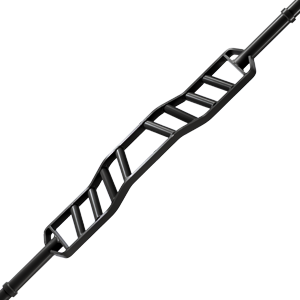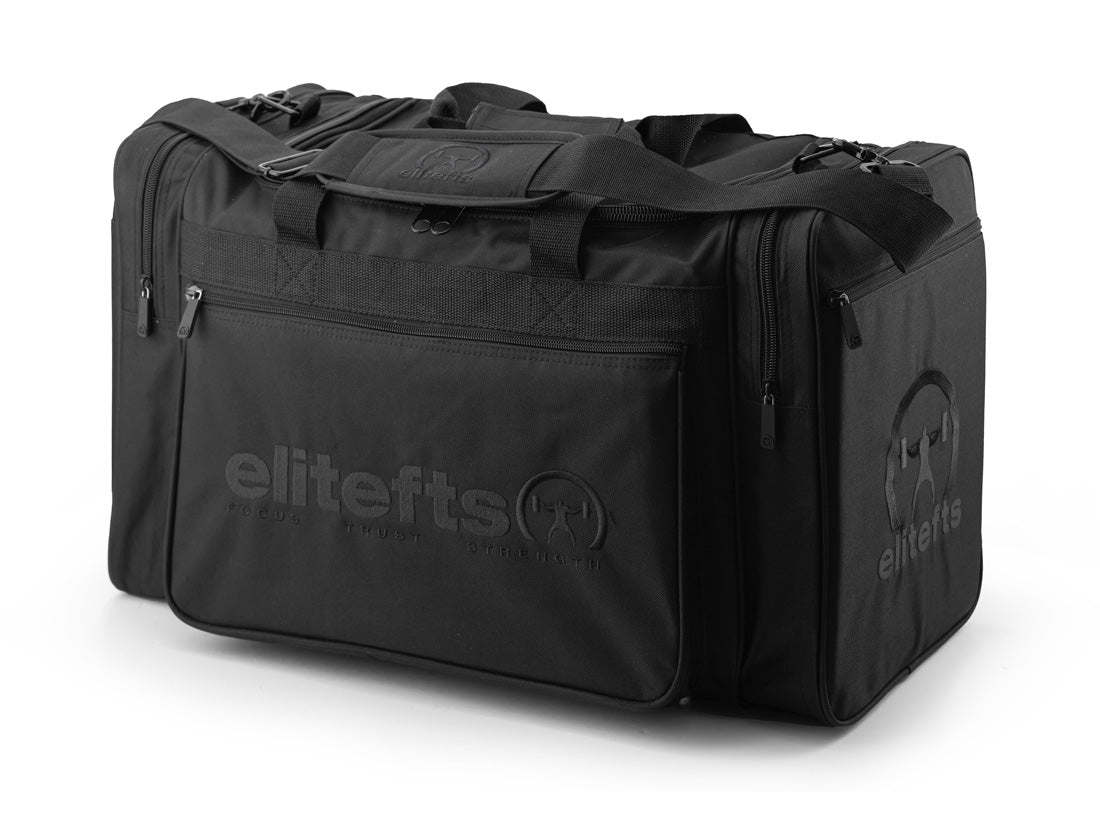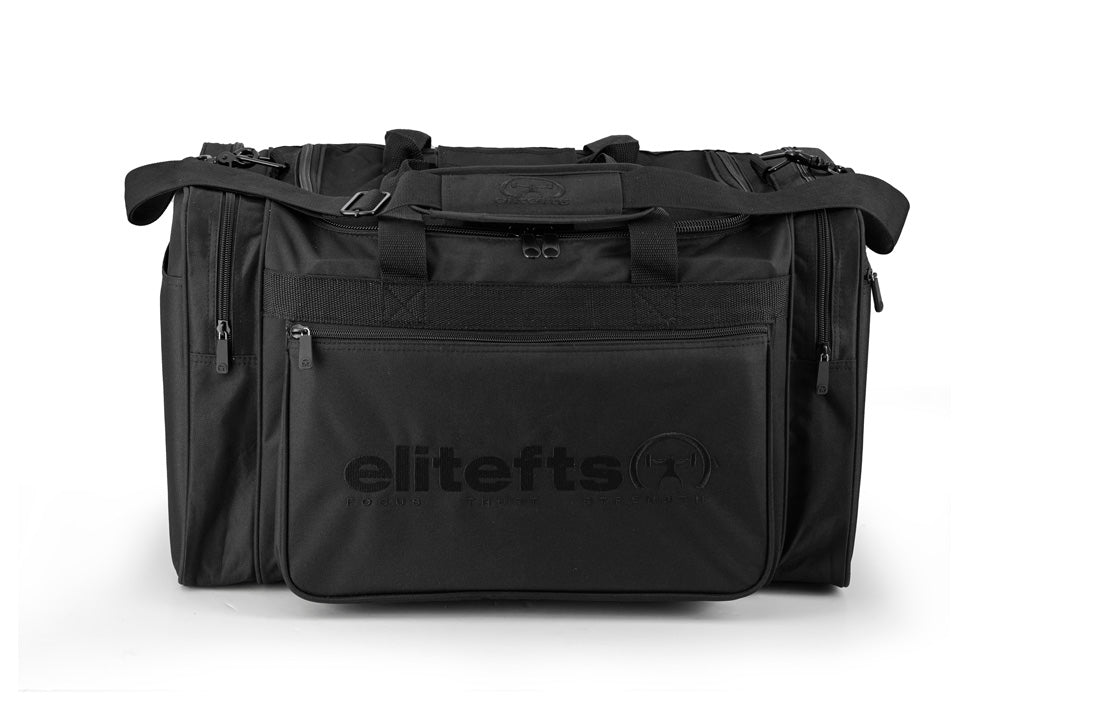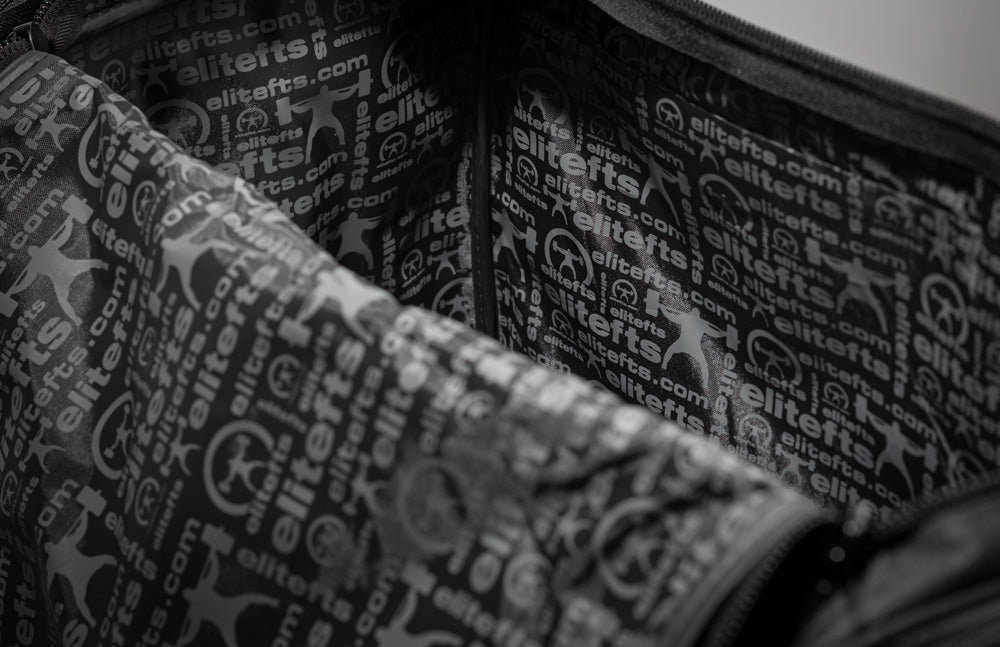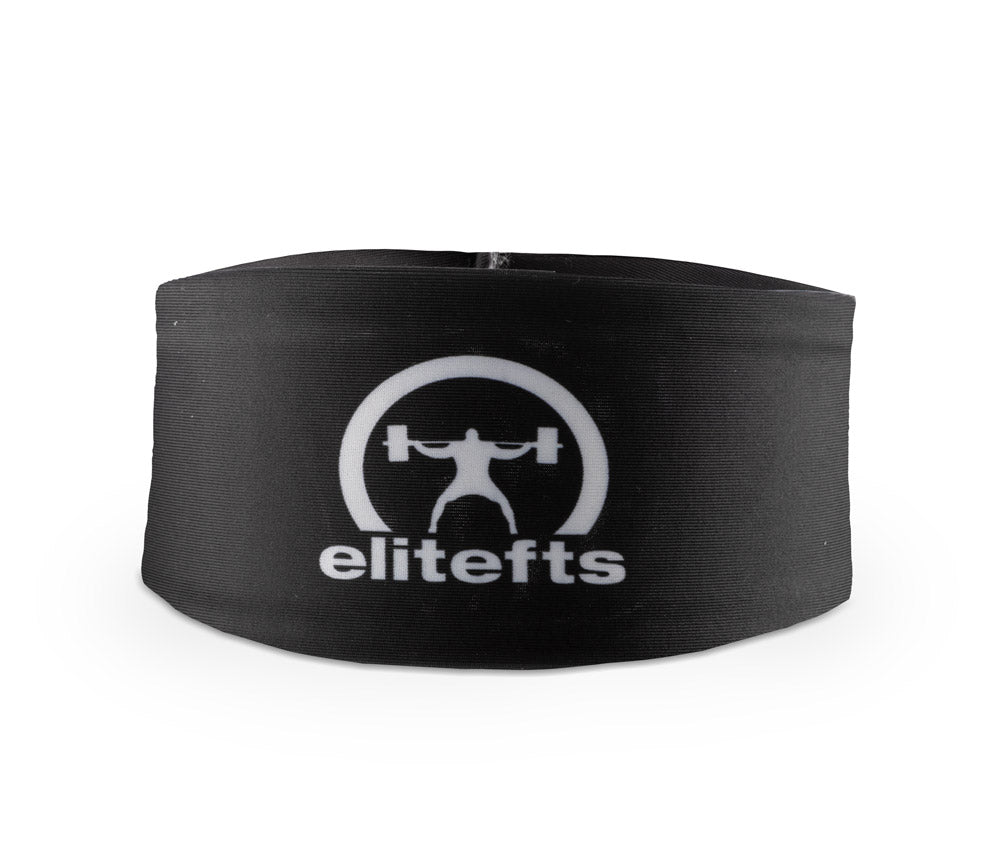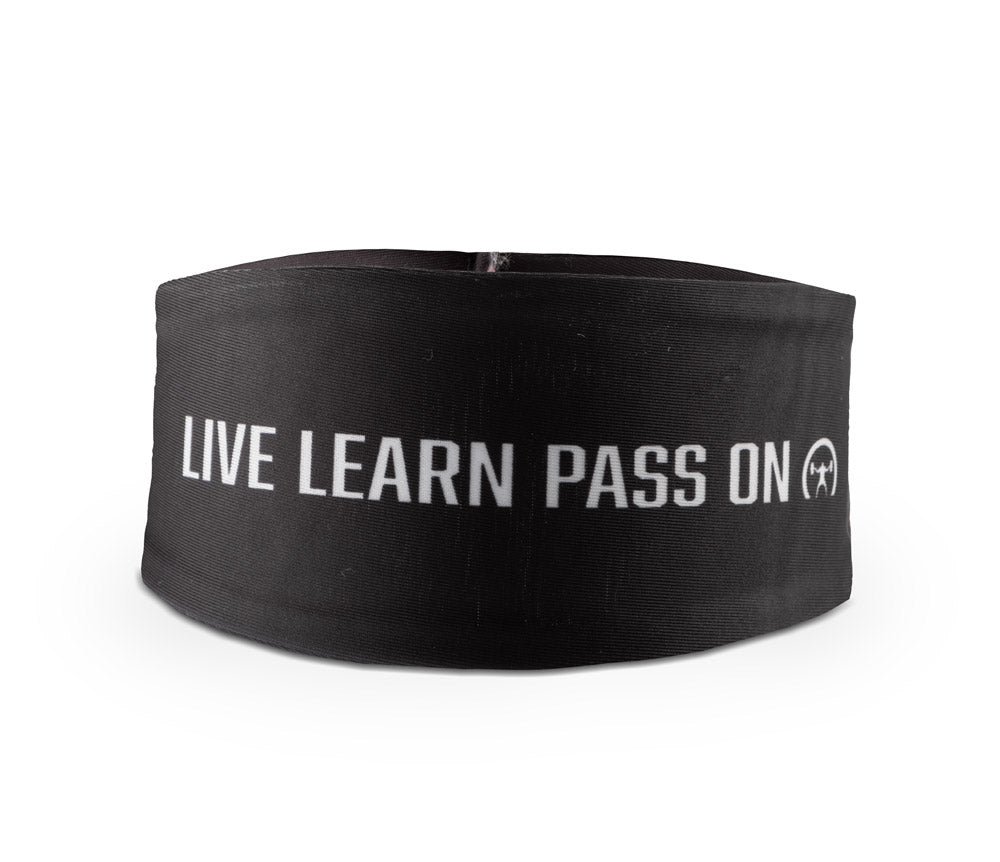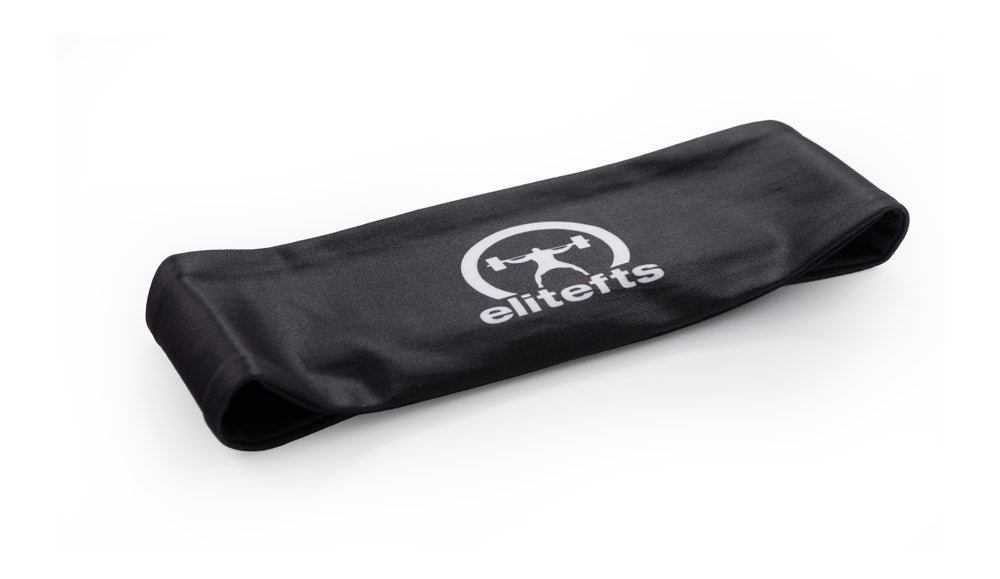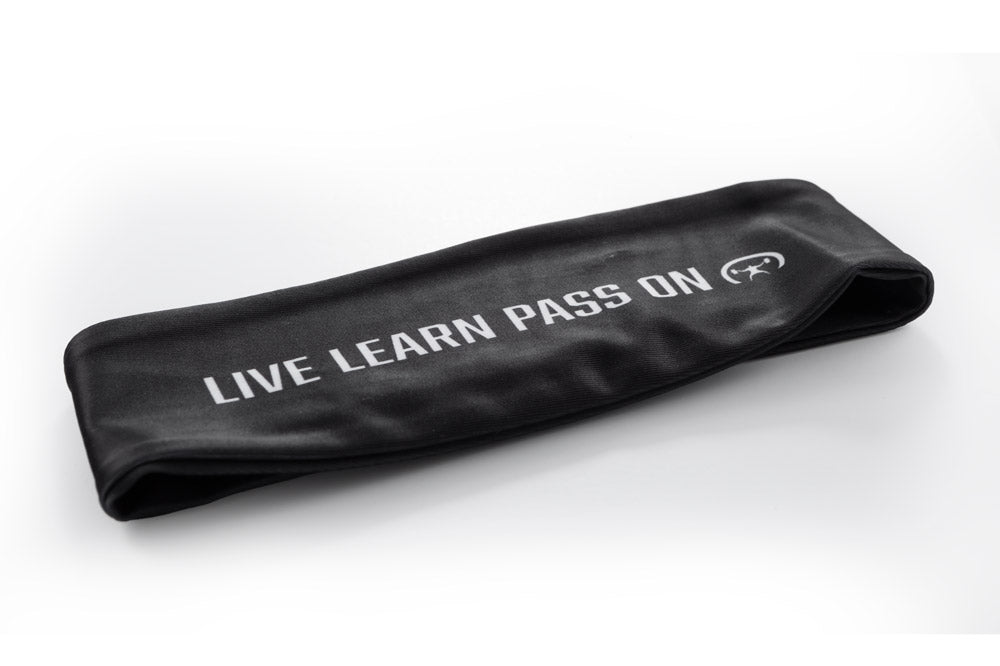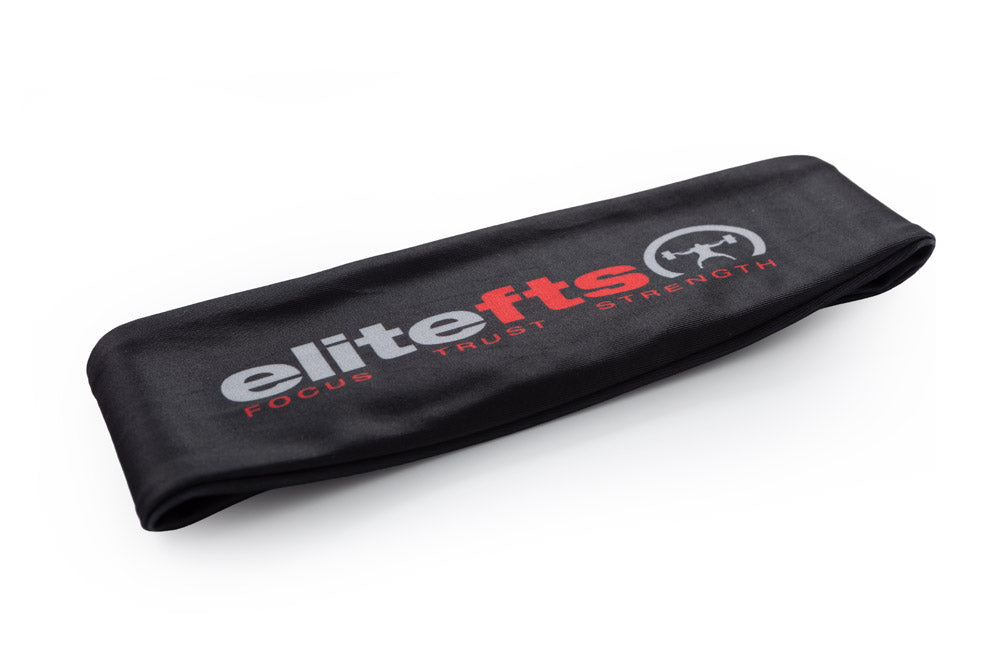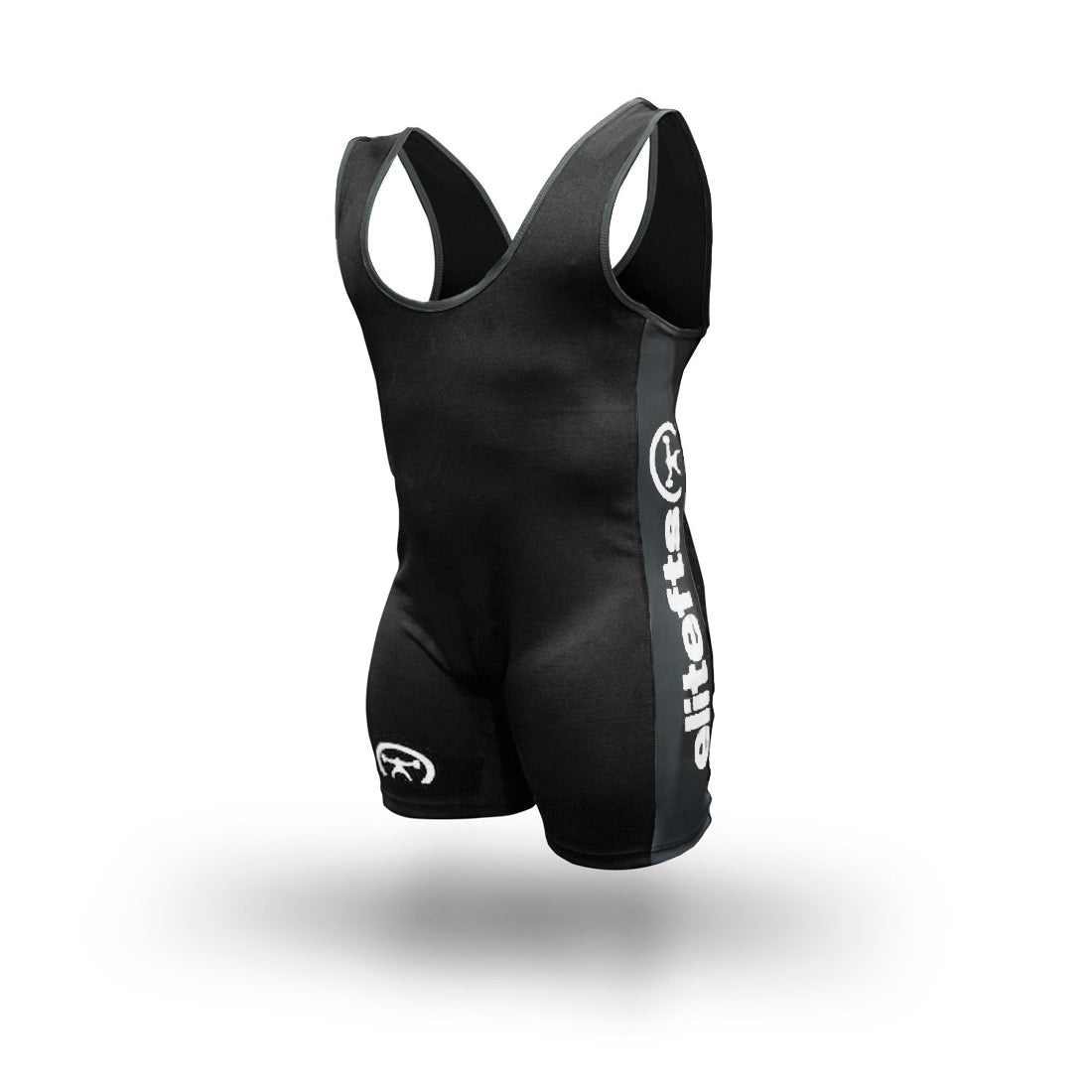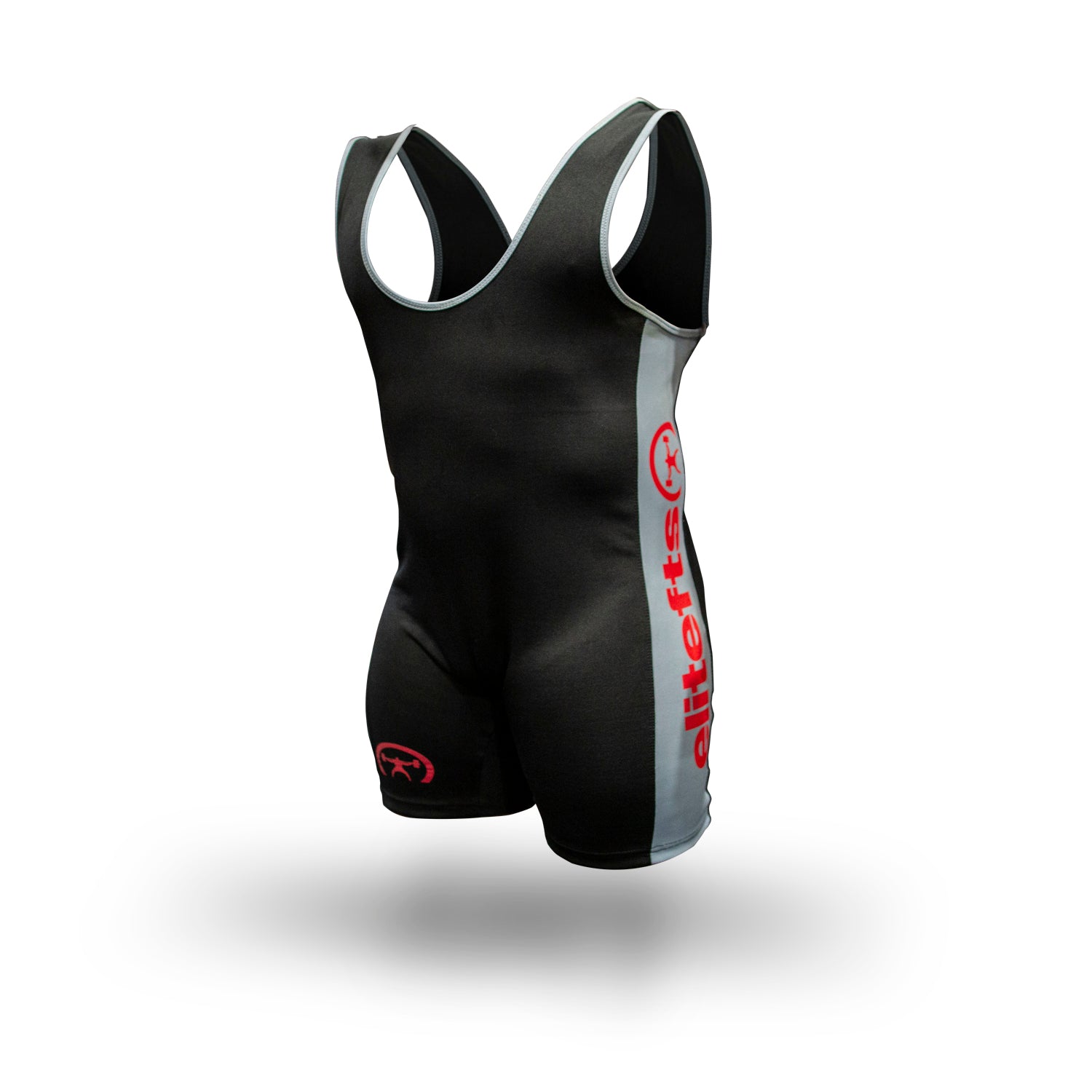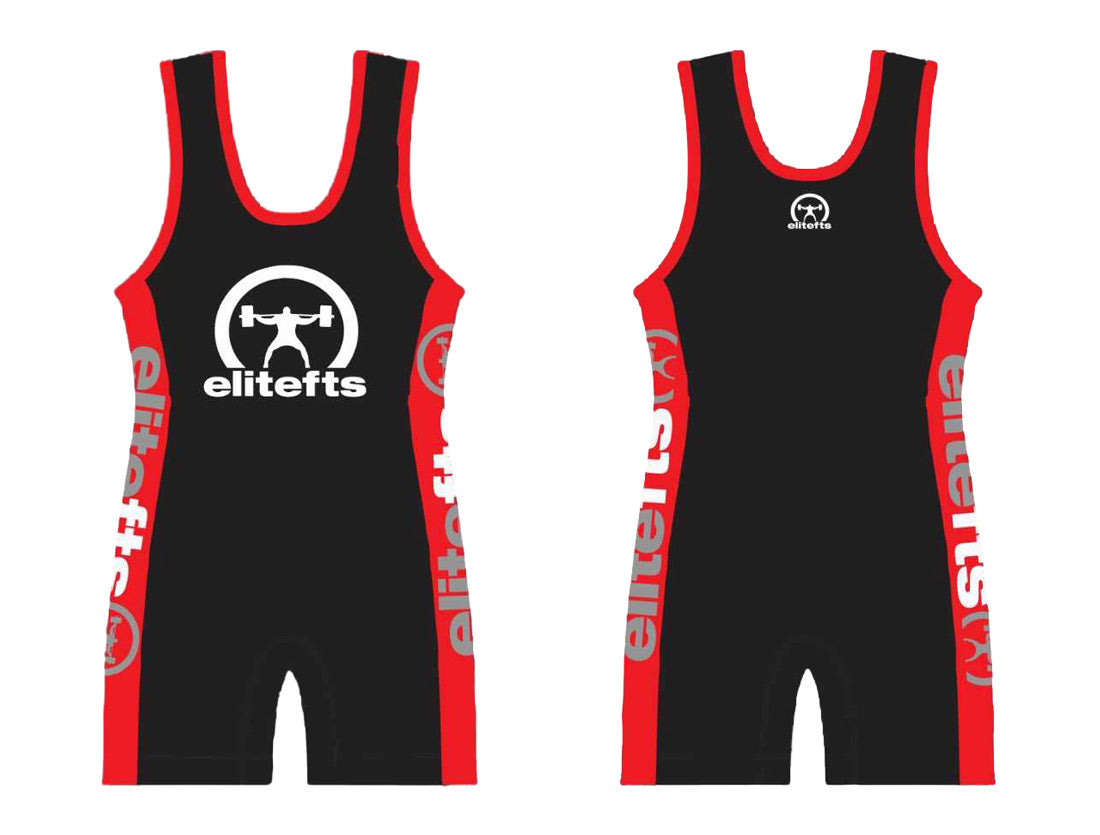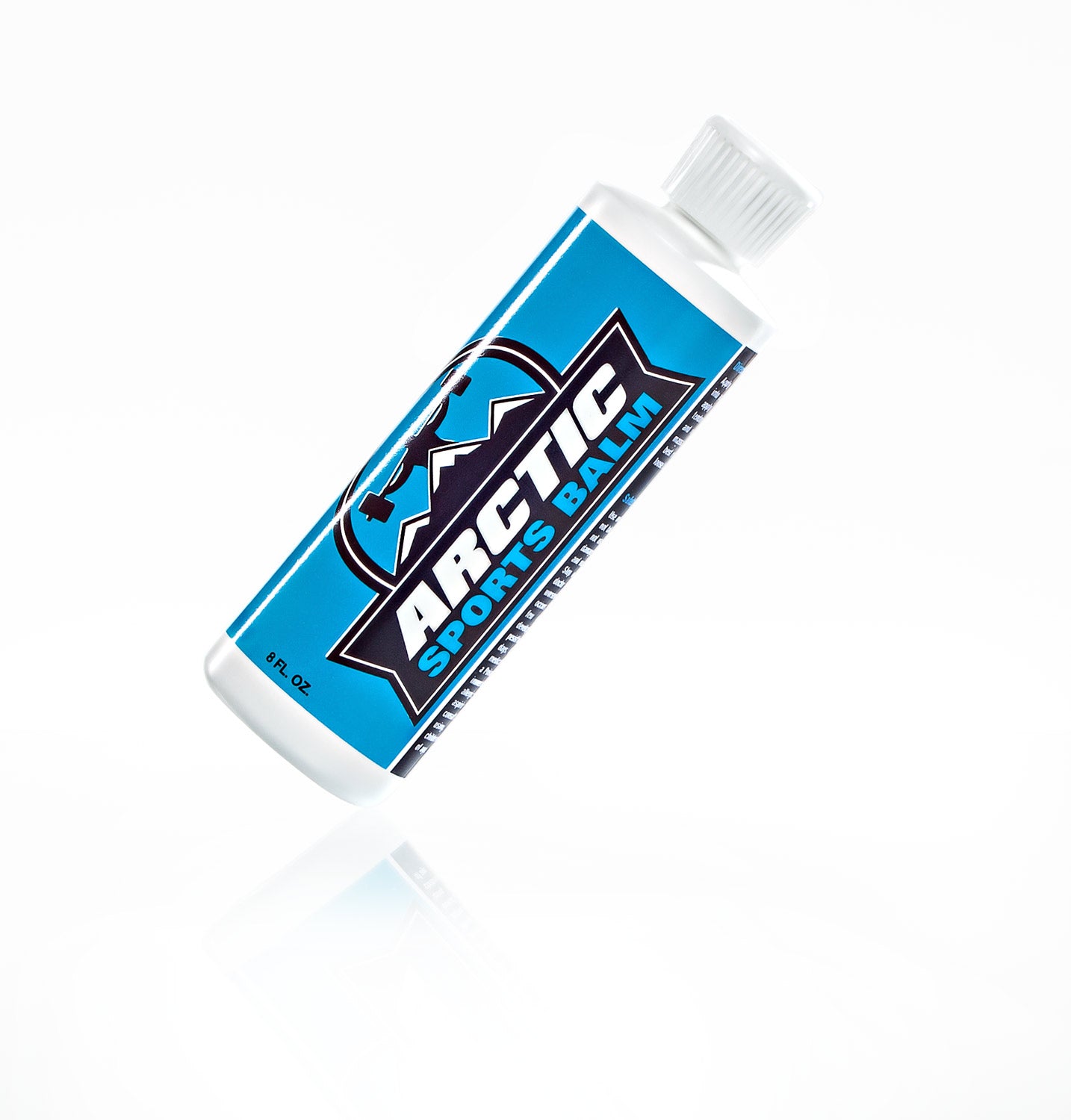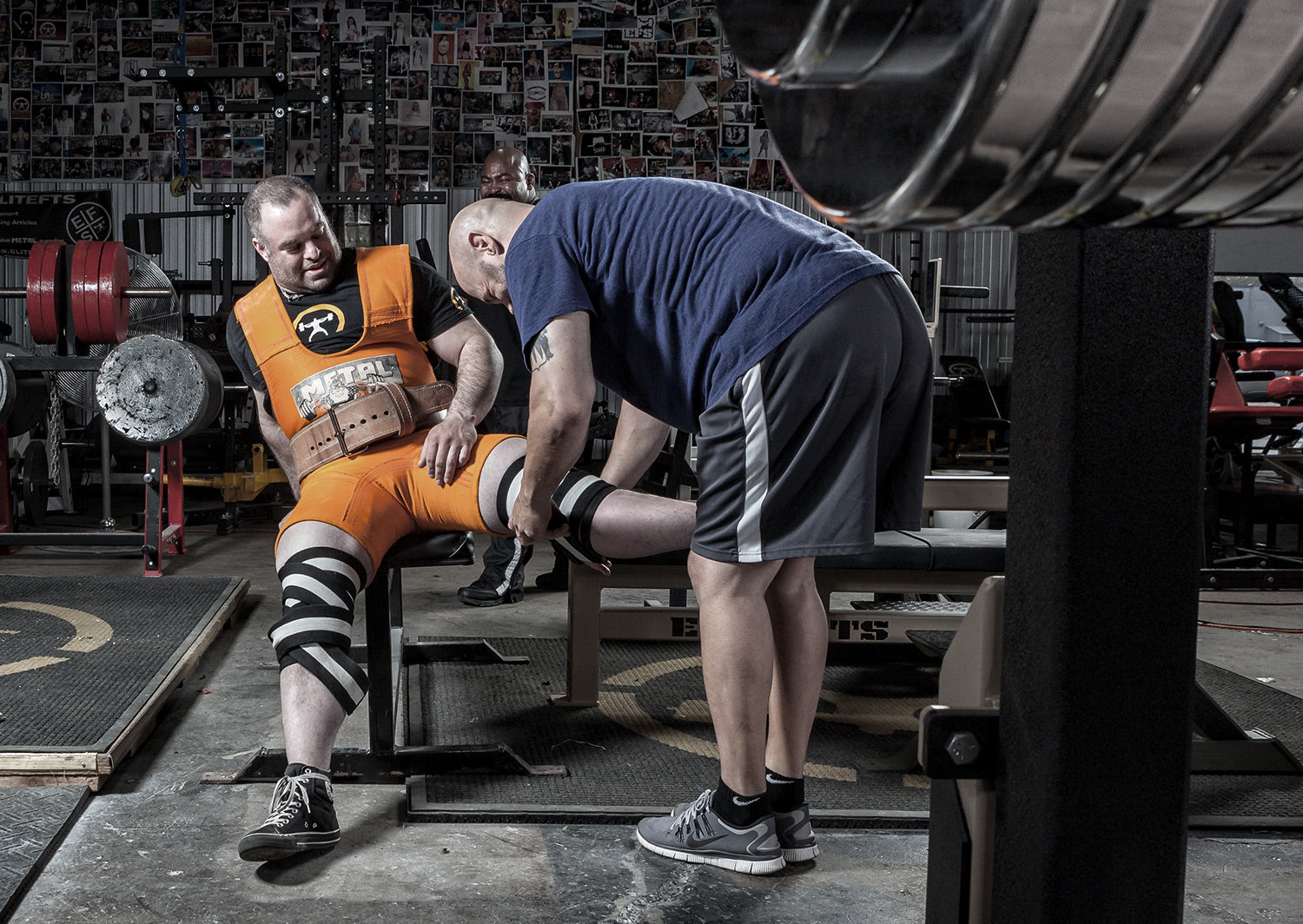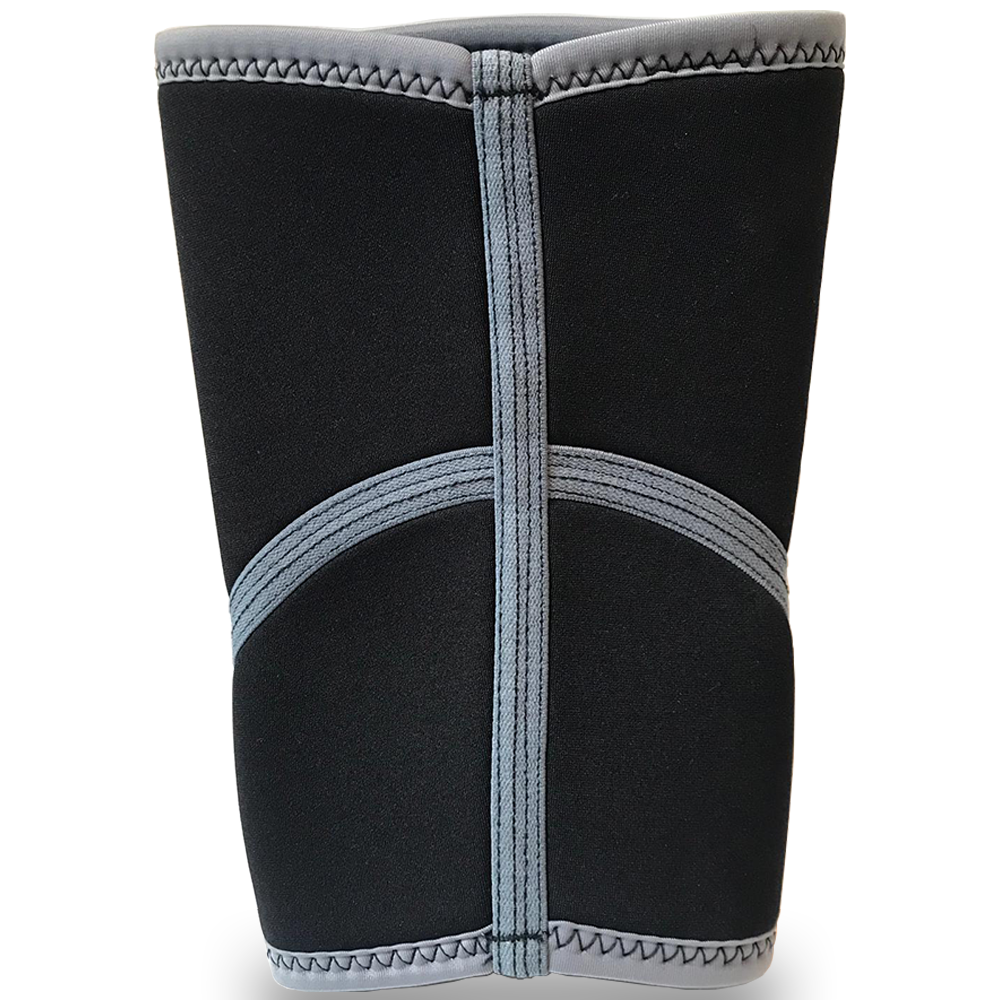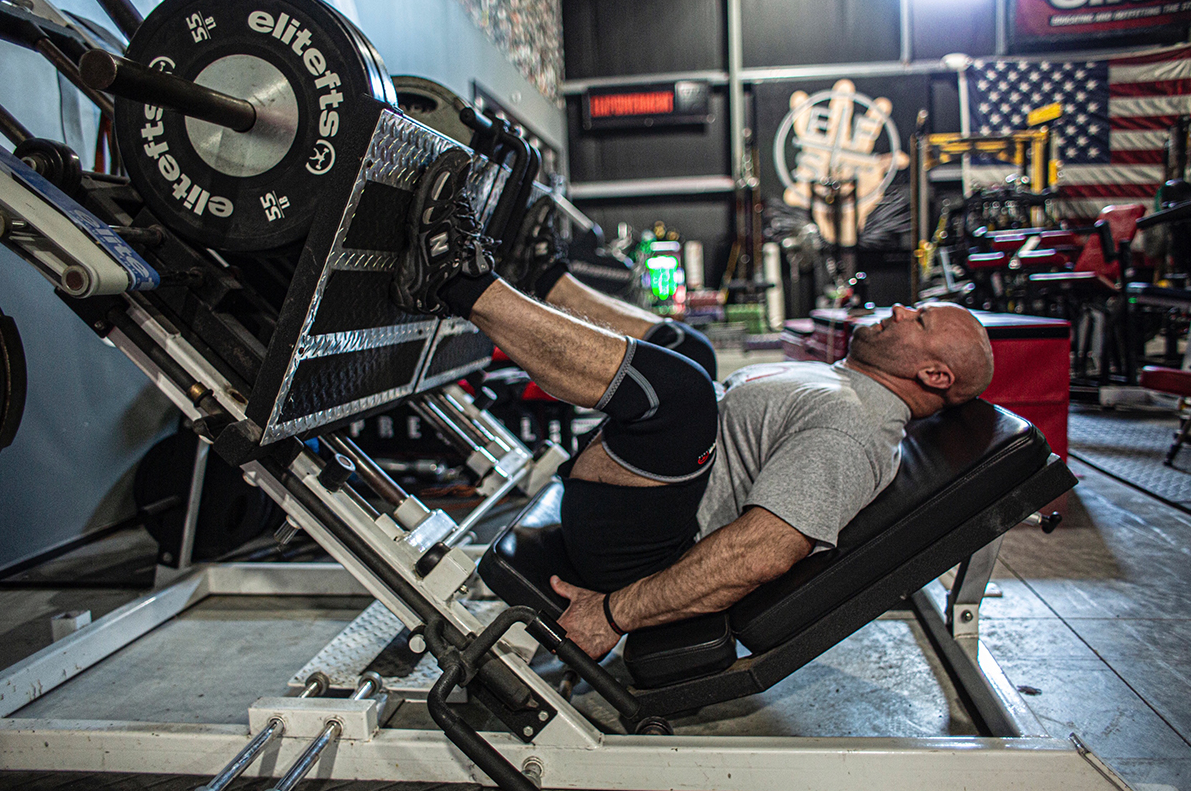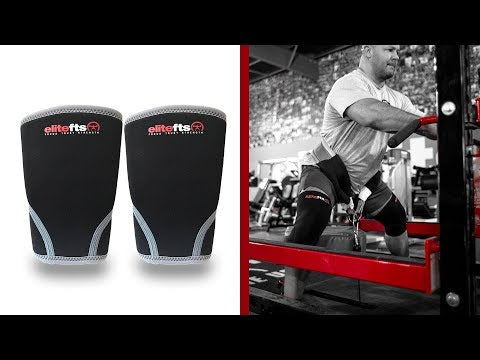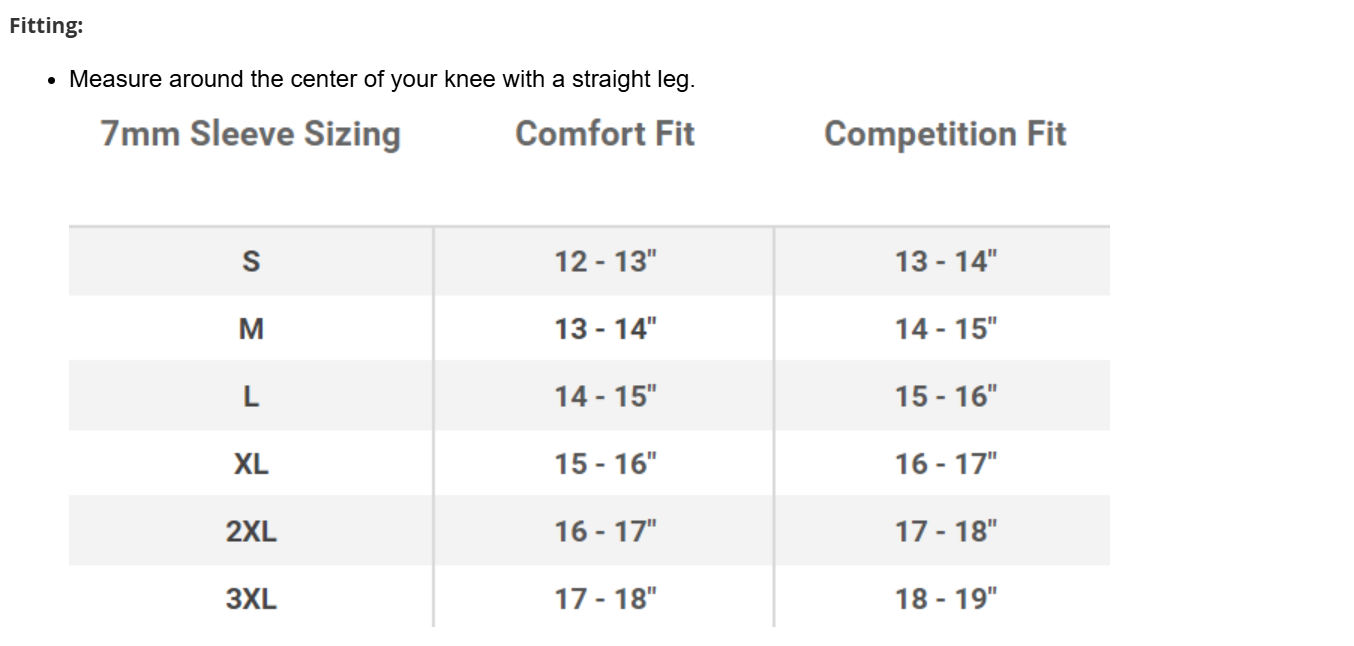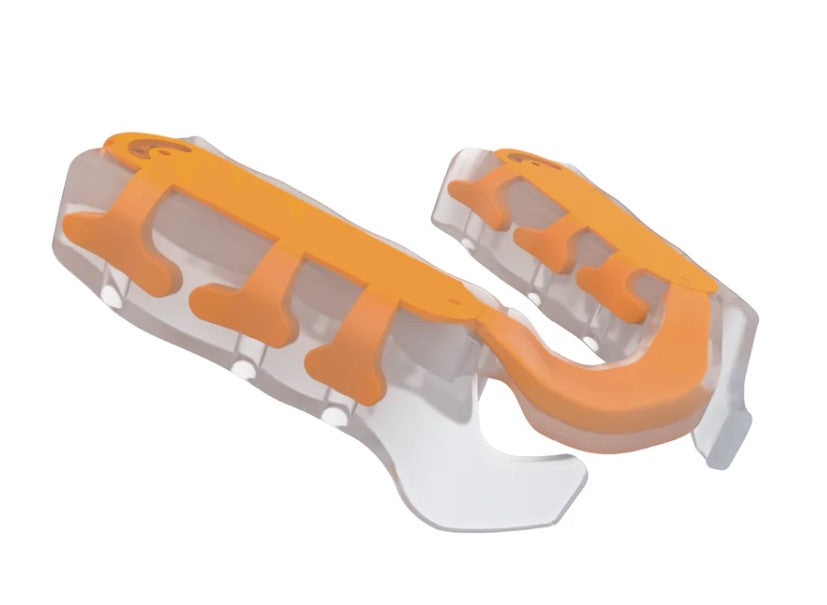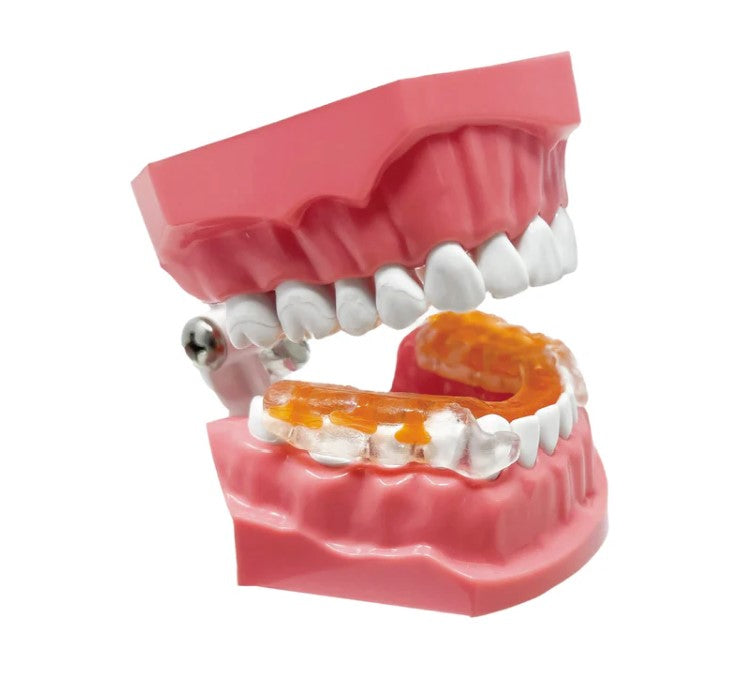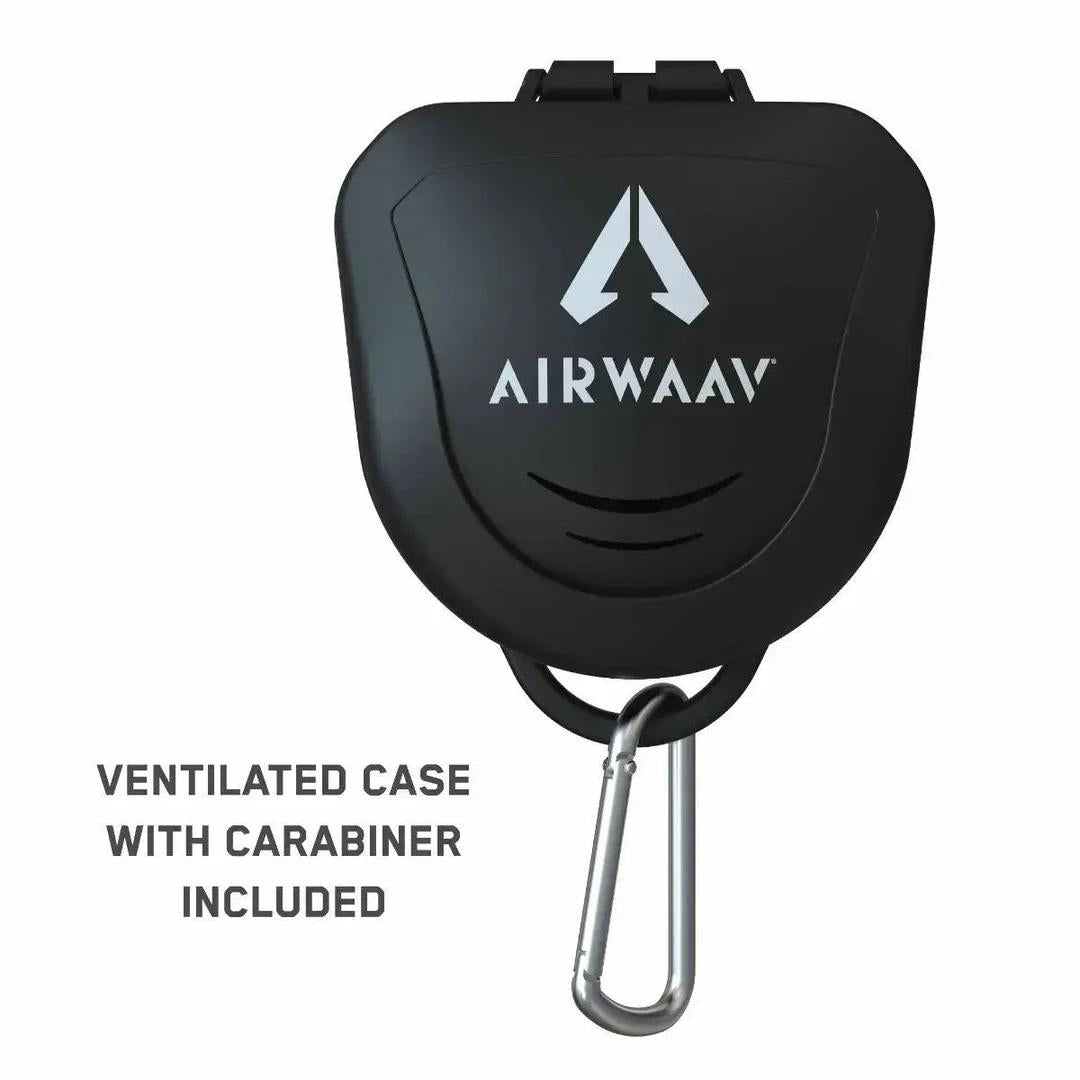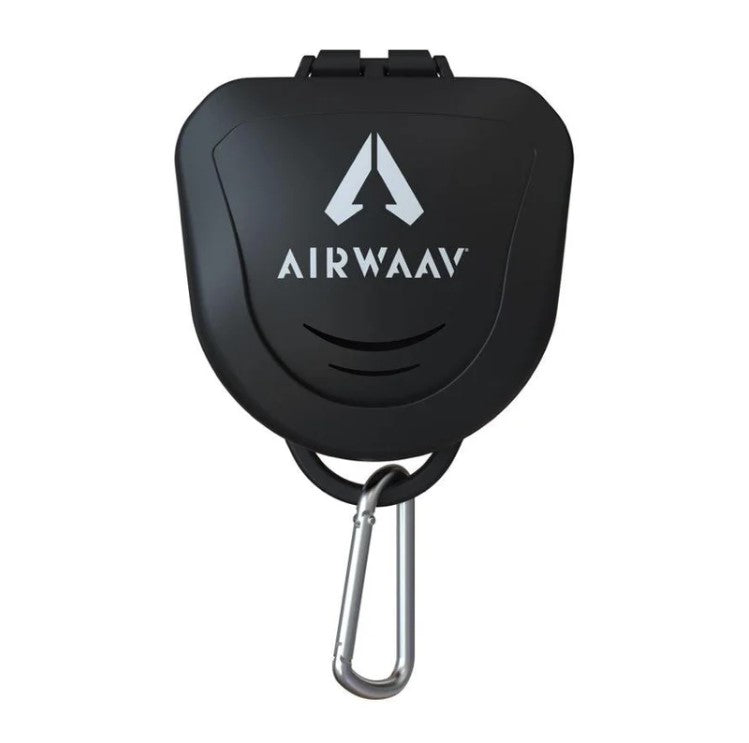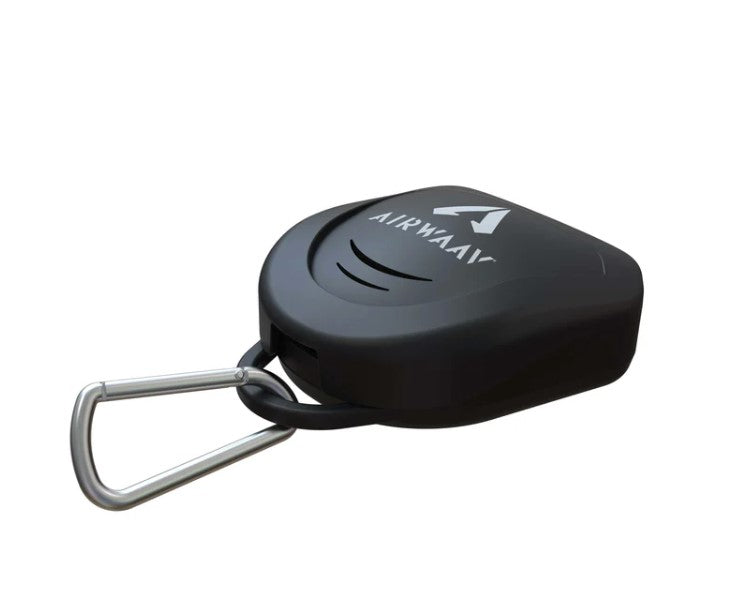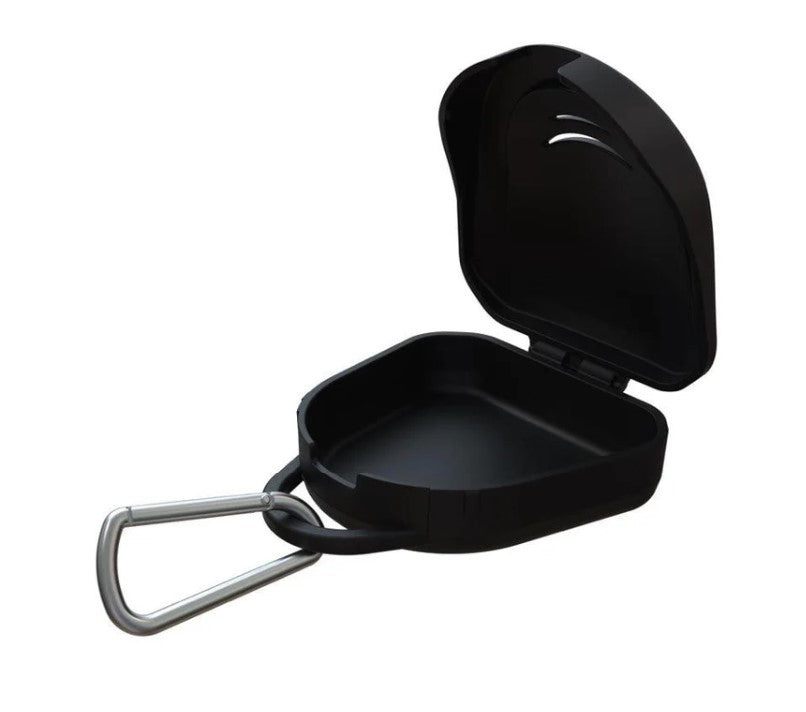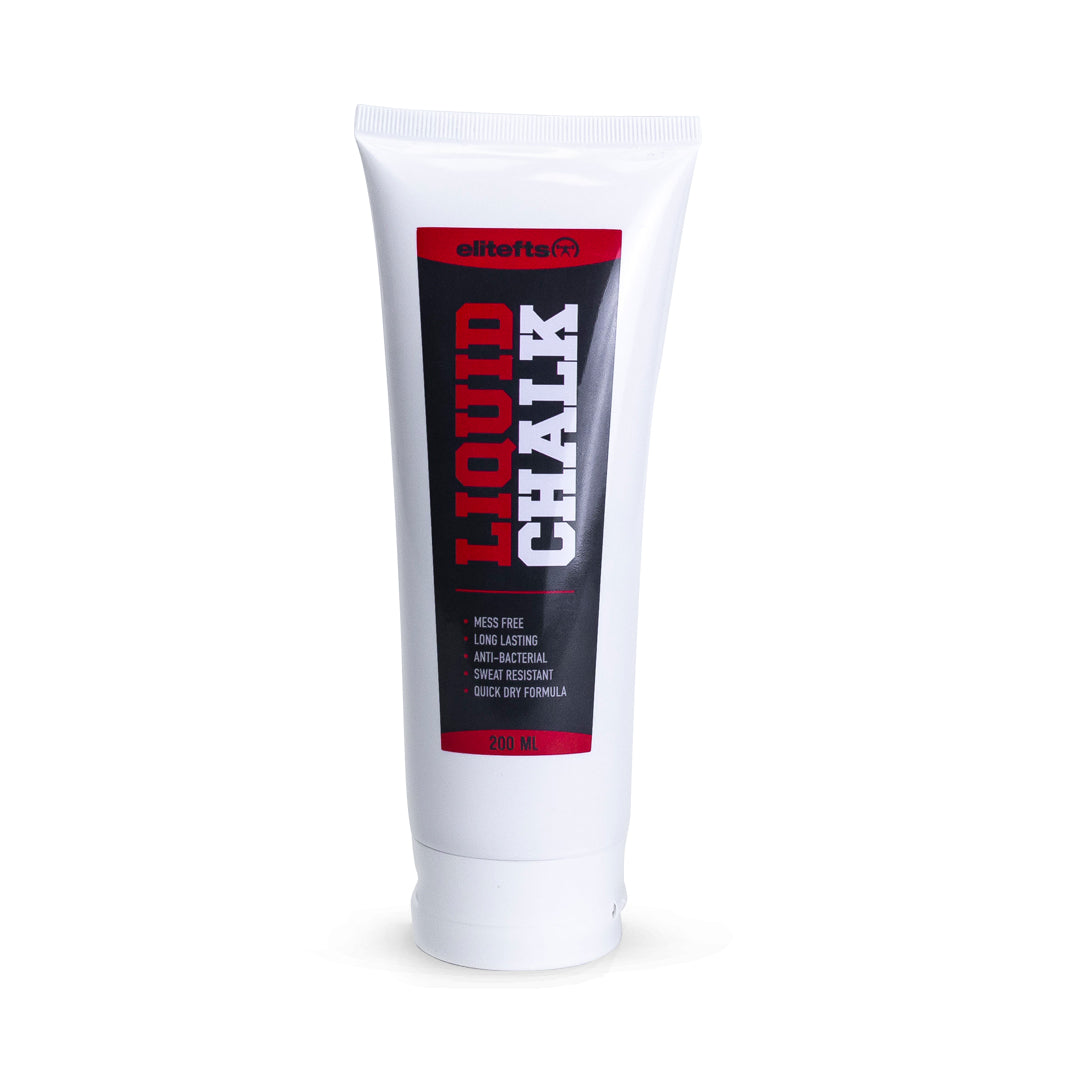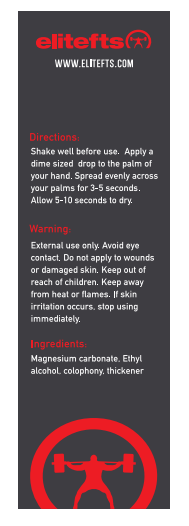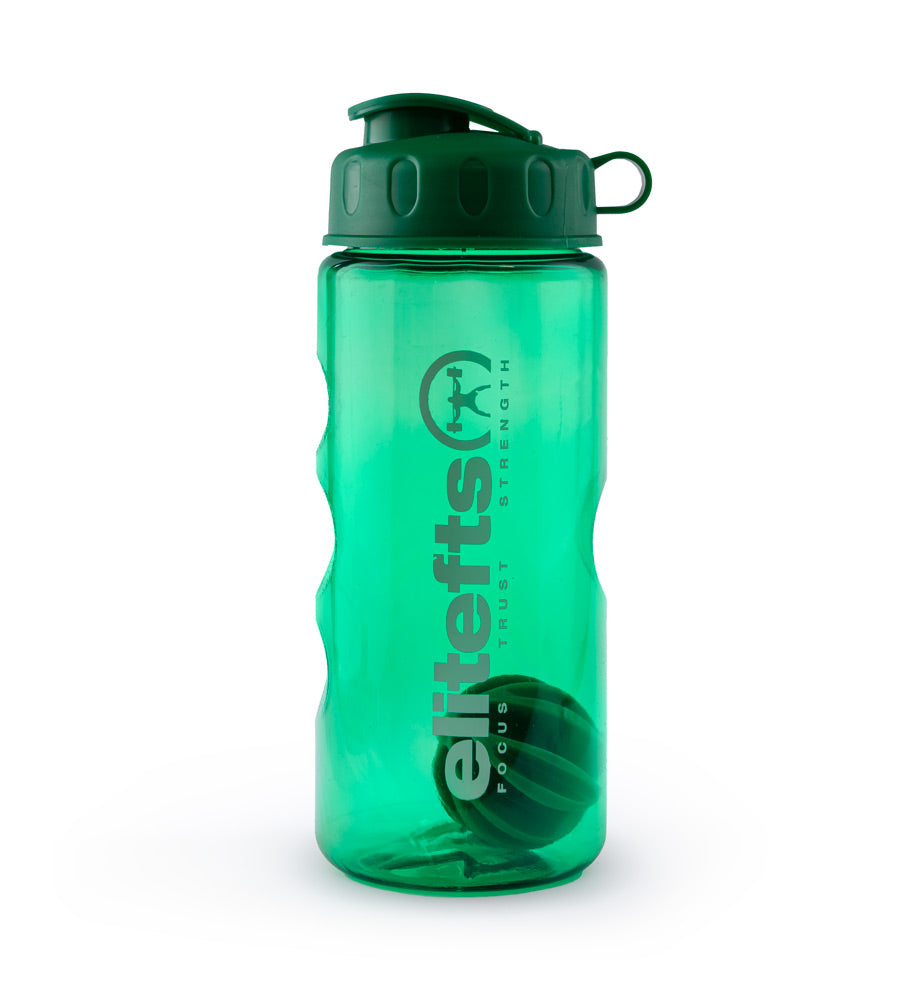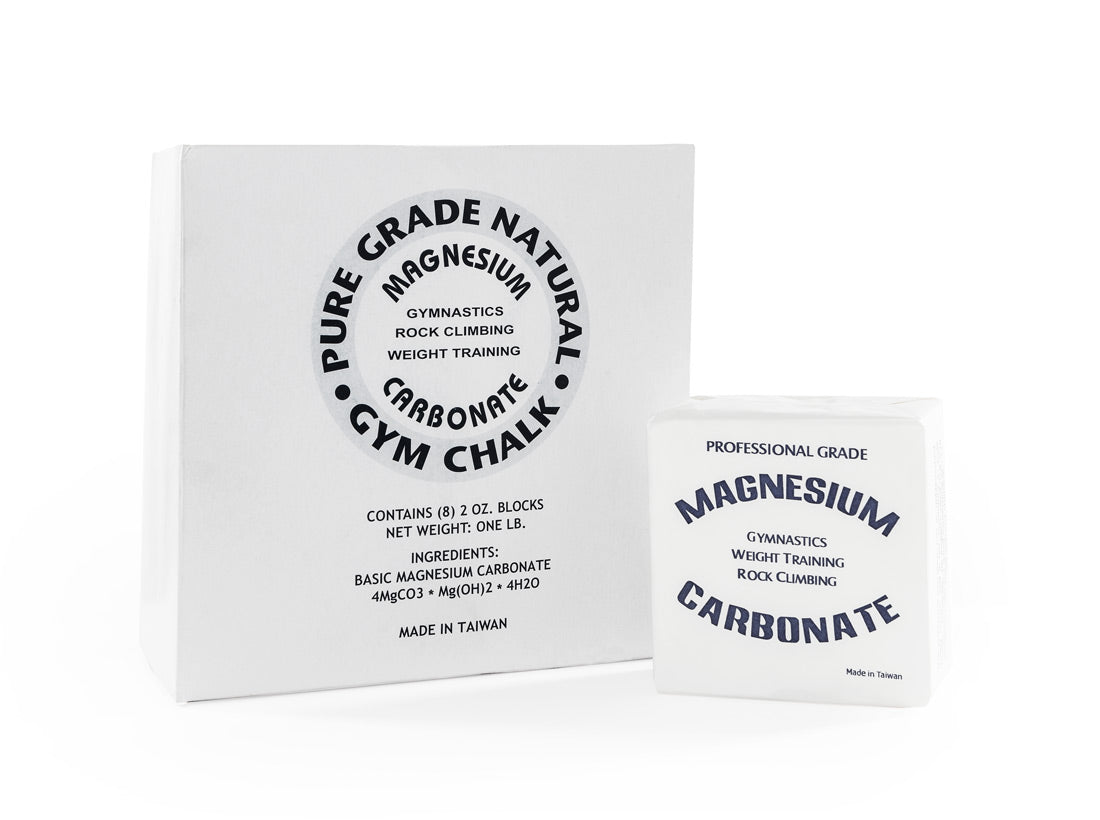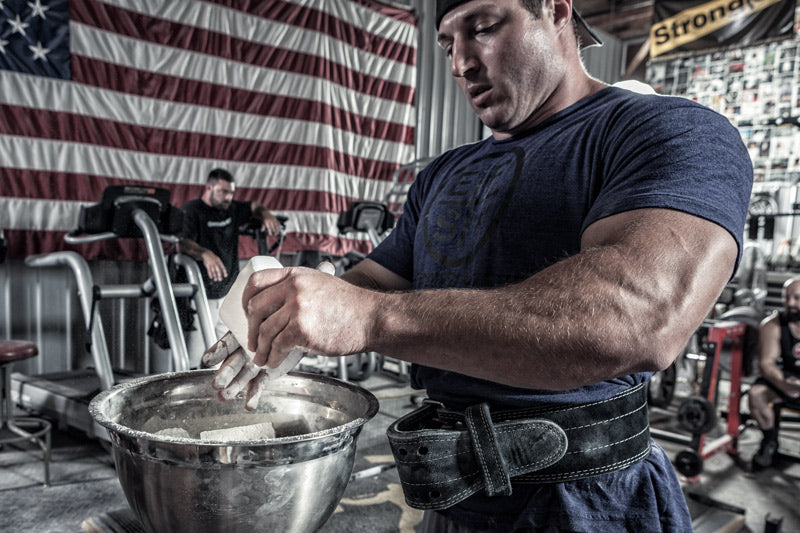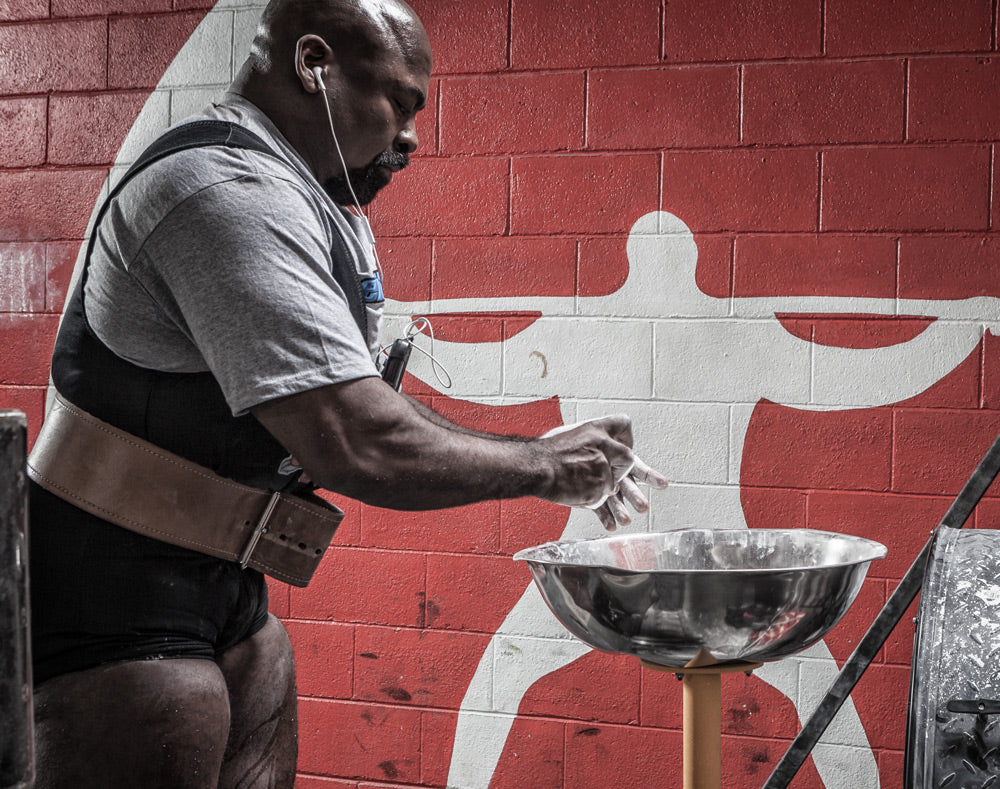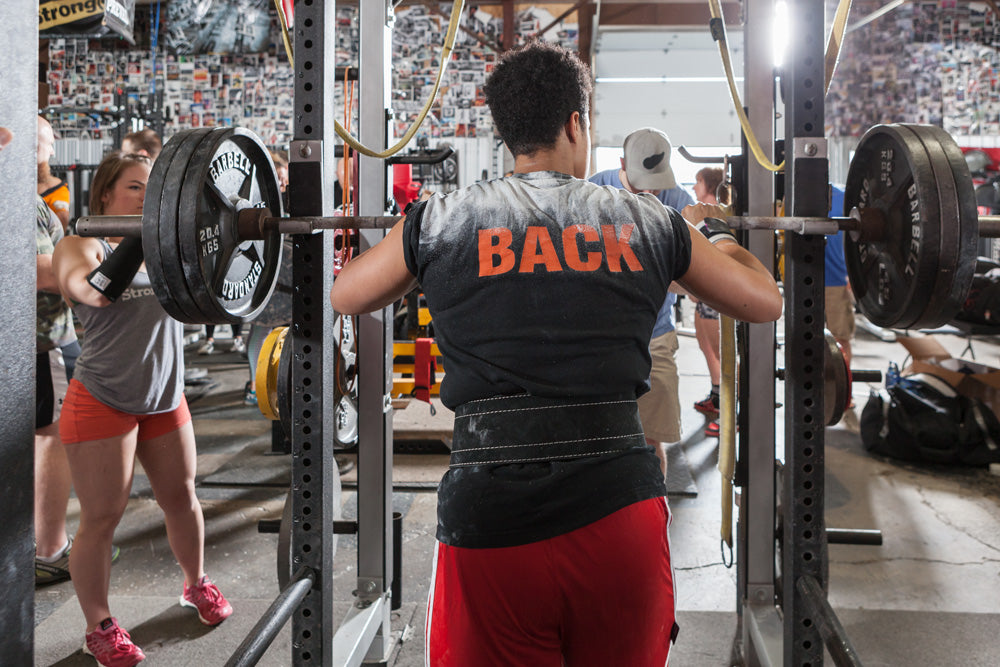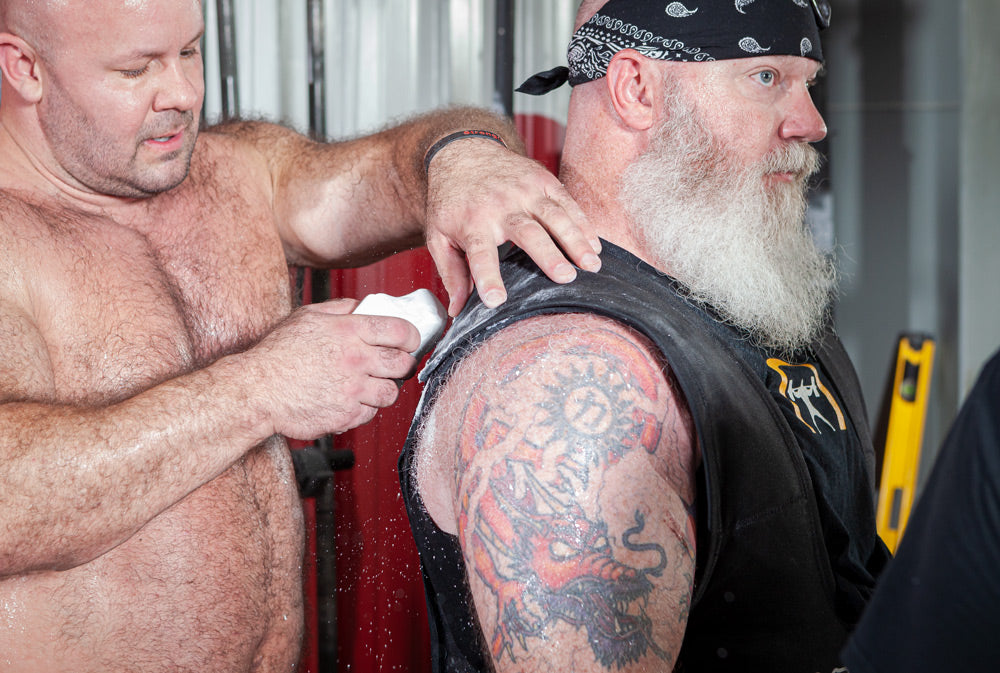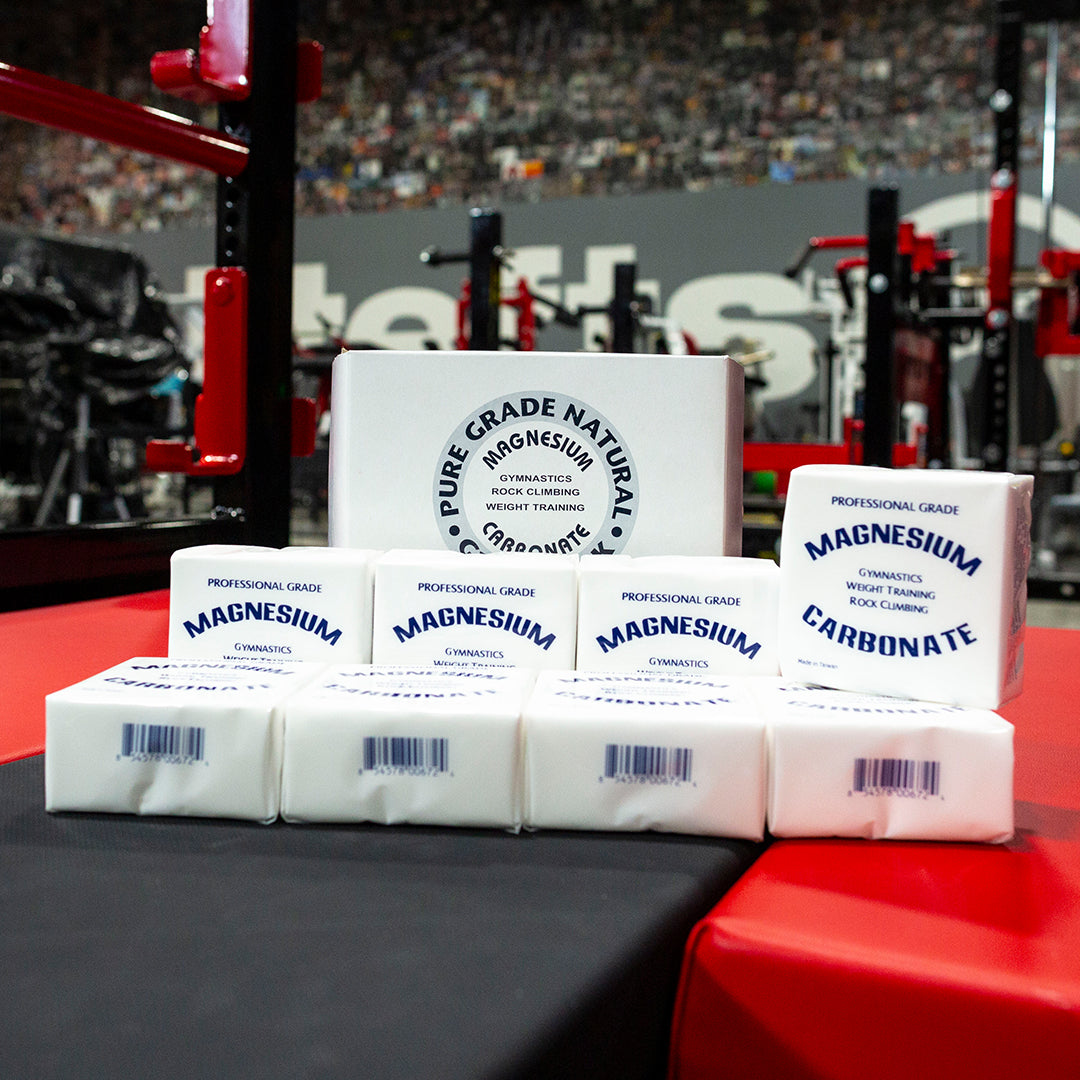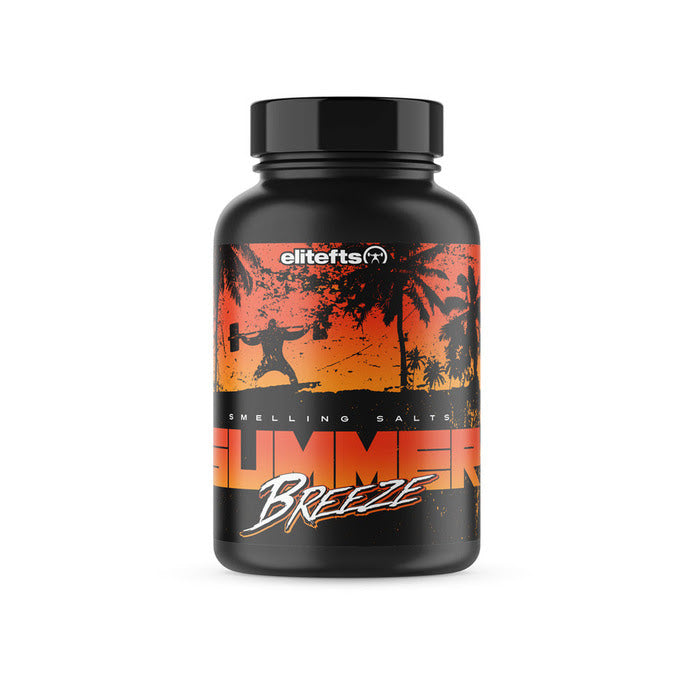First published June 29th, 2010
1. Weak out of the bottom of Military Press
- Without a doubt, you need more work at the bottom end of the movement. I recommend lowering your training max, taking a false grip, using a belt, learning how to tuck your elbows and use your lats as a shelf.
2. Need to be more explosive on leg movements?
- Add in some box jumps, standing long jumps and vertical jumps into your training program for three cycles. Before your lifting:
- C1: 10-15 jumps/day
- C2: 10-20 jumps/day
- C3: 10-25 jumps/day
- You can do it every training day, before you lift. Adjust volume of jumps according to the day. Adjust volume of accessories according to feel.
3. When to do conditioning work? How many times per week?
- As for the conditioning work, do it whenever you can find the time! Morning, after workout, off days.
- 3 days/week (sled, prowler, run hills)
4. Dips instead of Military Press to improve Bench?
- Let's say that I wanted to add a few cycles of BBB with weighted dips as the primary 5/3/1 exercise with 5 x 10 of military/chin for accessories. Would that work? If you were going to ask, "Why would you want to do this in the first place dumbf*%$?" It's because I wanted to see if weighted dips would have a better carryover to my bench than military presses do. I think it's a great idea.
5. How to increase your pulling (back) volume?
- Do one set of pulling between EVERY PUSHING MOVEMENT, even the warm-ups and work sets. I do 50 chin ups before I even touch a barbell in the weight room. And then sets of 10 between every set that I do, including all warm-ups and work sets.
6. When you get sick, go on vacation, etc.
You're going to have to use your best judgment with this. I have been getting countless questions about illnesses and how to start a program after a lay off. The best advice is the following:- 1. Start where you left off and only get the prescribed reps.
- 2. Do the deload week first to get back into the swing of things.
- 3. Screw it all, go balls out.
- 4. Start an entire cycle over again from square one. Because reactions and illnesses are all so different, it is impossible for me to give advice. I once went through an awful bout of food poisoning when I was in high school and came back about a week later, fully hydrated and pissed off and hit some great numbers. I also had a huge PR a couple years ago on the deadlift after food poisoning but had little left in the tank to do anything else. Anyone that has any kind of lay off (whether it be vacation or illness or whatever), USE YOUR BEST JUDGMENT. And if in doubt, start too light. YOU WILL NEVER GET WEAKER IF YOU DO THIS.
7. What to do if you miss a training day?
- Just pick up where you left off. This won't be a big deal.
8. What assistance template to follow for maximum size?
- Do the Boring But Big and drink 1 gallon of whole milk per day. 5x10 @ 50-60% of training max.
- You will be on the right track. Also, I would do some kind of conditioning work that involves running or pushing/pulling sleds three times a week.
9. What to do if you want to go no belt/wraps?
- Take 90% of max with belt and wraps. Then take 90% of that number.
10. Gone through a number of cycles. Stalled. What do to?
If you've done five cycles, take the weights from the second or third cycle and repeat. Do five more cycles. Take five steps forward, 2-3 steps back, and repeat.- 1. Start lighter — this is probably the best advice.
- 2. Pick your battles — you don't have to max out on the last set all the time. I go "all out" two or three times a cycle.
- 3. Do more or do less — too many workouts in a week sometimes do more harm than good. Make sure you are recovering properly. Fixing one or more of these things will help you.
11. When should I push the max rep sets?
- I usually look at the workouts a month in advance and choose the battles that way. BUT if I feel good on a day I don't have a scheduled "push" I'll do it (and adjust the other workouts accordingly).
- In general, push the "3" weeks and the "5/3/1" week.
- Think about leaving at least 1 full rep in the tank
- Sometimes I think people get a little too nuts on the last set and I think many people would be best served if they did the last set for the set reps...or just a few over and call it a day. This is not a license to be a pussy; just understand that we are training for something bigger than today.
12. Boring but big and conditioning work.
- You could combine the two but not right away. You'd have to work up to that sort of work load over a period of time. Jumping into both would be a bad mistake.
- Be smart and work smart…but don’t be a vag.
13. Board Presses
- As an assistance exercise. Either on MP or Bench day.
14. Floor Presses
- Either main movement or assistance. If it's a main movement, be sure you stick with it for a few cycles.
15. Where can you put complexes in 5/3/1?
- After your workout.
16. Retested max, way higher than training max. What should I do?
- Don't recalculate. Keep the path you're on now. If you are getting stronger, the program is obviously working
17. Singles after working sets of 5/3/1?
- Do a couple relatively heavy singles after your working sets (2-3) in order to get used to heavier weights
18. Front Squats as 5/3/1 movement?
- No. Only as an accessory movement. Good to use for BBB sets albeit with a lighter weight than your 40-60% squat training max.
19. Treadmill Sprints
- Here was/is a typical workout for me on the treadmill (sprints). After a good warm-up start at 8 or 9 MPH. Do 10 seconds on/30-40 seconds off. Raise the incline gradually and raise the speed too. I usually end up at 11 or 12 mph at the end. But start too slow and build up over several workouts. No less than 20-30 sprints. I have also done 20 second sprints but this will kill you
20. How to incorporate Power Cleans?
- Before you squat or deadlift. Follow 5/3/1 template. You can either go balls deep on both exercises and do rep maxes or do a rep max for one and not the other...or not do a rep max for either and move further south towards vag.
21. Dave Tate Time Under Tension
- Fine to include as philosophy for accessory work.
22. Ways to avoid over training and continue progression?
- Pick your battles. You don’t always need to go for rep maxes.
23. Partial pressing movements in 5/3/1?
- Floor presses, board presses, pin presses should generally be avoided but can be done, refer to other tips on FLOOR AND BOARD pressing under UPPER BODY.
24. Boring But Big Options
5 x 10 sets can be done with a very similar exercise to your main lift:- Olympic Squat for SQ days
- Trap Bar Deadlift for DL days
- CGBP for Bench days
- Fat Bar MP for Military days
25. Fat Gripz and 5/3/1
- Do your working sets without the
Fat Gripz, include the Fat Gripz for your BBB sets (on deads, bench, military) for as much or as little as you want. - You can also use them for chins/pull-ups but make sure to adjust the weight used to allow for good form and adequate recovery.
26. Main lifts over two days and assistance work on third day?
Below is recommended template for accessory day:- Chins
- Dips
- 1 lower body exercise (lunges or goodmornings)
- Abs
27. Clean into or start with rack at shoulder height for Military Press?
- Either way is fine. Do whatever works best for you.
28. Bunch of tips for breaking through stalled bench press using 5/3/1
- For example, if I'm getting ready to have a big week pressing, I'll take a week or two OFF from any kind of pressing accessory movements. This allows my chest and shoulders some time to recover and not stress them. This doesn't mean I don't press or bench press, it means that my accessory work is usually a lot of lat and upper back work.
- So with this example in mind, understand that the best solution is not always to do more. It might be best to back off a bit and let your body recover instead. This might mean to lower the training max of your program or to keep the same training max and only do the prescribed reps. But since 1% of you will never do this and will choose the more volume route, here are two suggestions:
- Perform the bench press sets as written, then repeat the first set again, but go all out on this set, too.
- Perform the bench press sets as written, and repeat the percentages on the way down. For example, on the 3x5 week you would do 65%x5, 75%x5, 85%x5+, 75%x5, and 65%x5+.
- I assume most of you are doing chins and pull-ups between all your pressing sets. Be sure to continue to do this with these extra pressing sets to keep everything in balance.
29. Accessory Work: From Blood & Chalk Vol. 5
What I did say was that the choice of assistance lift pales in importance to the proper execution and loading of the key lifts. Too many younger lifters major in the minors. They're called assistance lifts for a reason. That's the main point I was trying to make. When evaluating whether an assistance lift has a place in your program, it helps to consider that assistance lifts are intended to accomplish a few specific goals:- Prevent strength imbalances.
- Build muscle.
- Strengthen weak areas.
- And most importantly, ASSIST the basic lifts (squat, bench press, overhead press, and deadlift; or whatever lifts you deem important in your training).
- Abs — sit ups, ab wheel roll-outs, hanging leg raises.
- Low Back — good mornings, back raises, reverse hyper extensions.
- Quads — lunges, leg presses.
- Chest — dips, dumbbell presses, dumbbell flyes.
- Triceps — dumbbell presses, dips, triceps extension/pushdowns.
- Shoulders — any pressing exercise.
- Hamstrings — glute ham raise, good mornings, back raises, leg curls.
- Lats/upper back — pull-ups, bent rows, dumbbell rows, shrugs.
30. Everything You Could Want to Know About Running Hills
There are two downsides about running hills:- It sucks balls.
- You have to find a good hill to run.
- The small hill is about 40 yards.
- The big hill is about 75-80 yards.
- Find a hill.
- Take three weeks to adapt to it — find out how out of shape you are.
- Adjust weight room work to accommodate the extra running.
- Once your body adapts, figure out your goals and execute. If in doubt, squat and run hills. A lot. Your body will thank you. And buy some cleats.
31. Dominant Quads? Or, weak ass Hamstrings?
My suggestion is to quit thinking you're quad dominant. Unless your quads hang over your kneecaps like an elephant's testicles, you're not quad dominant. You're just hamstring weak. And to cut out a simple core exercise is not an option. I too was hamstring weak at one point. Today, I don't know if I'm hamstring STRONG, but certainly not hamstring weak. It took a lot of time to bring my hamstrings up to a level that was acceptable. This was also the case with my lats, lower back and abs. The solution was simple: Hard work and patience. The first thing I did was make hamstring work the second thing I did on lower body days. So immediately after my main exercise, I would do good mornings or glute ham raises. In fact, Kevin Deweese (my old training partner) and I would do three sets of glute ham raises before each workout, lower or upper body. And on lower body days, we'd do them (or something similar) after the main lift of the day. Because I'd neglected them for so long, it took about two years of quality training to bring them to an acceptable level. I was fine with this, as you should be too. Two years is nothing in the lifetime of a lifter, and you should be doing it anyway. The point is this: Cutting out a "big" exercise because you're quad dominant is pointless unless you're going to hurt yourself. You may have to alter the weights a bit to make sure you don't do something stupid, but cutting it out entirely? That's the last thing you should do.32. How to find balance between conditioning and lifting?
A couple things:- 1. Look myself in the mirror and berate myself until I will up the weights (this works 100% of the time).
- 2. Means you are doing too much conditioning too soon.
- 3. Have to program the conditioning/weights better so they can co-exist.
- 4. If this is your FIRST RUN AND DOING THIS (making goals such as these) then don't worry. It is a learning process and now you know where the guidelines should be. Hope this makes sense.
- 5. As a general guideline:
33. Having A Game Plan Going Into Your Sets
- Right now, I don't really train to failure but many times after my last rep, I know I probably can't get another. EVERY single set that I do I have a goal for the reps, I don't just "wing" it or "see what I can get" or any of the weak minded horseshit I see people do. So even if I don't go all out on my final set, I do have a goal. And once I reach that goal, no matter what, it's always my final rep. And because it's in my mind, it probably feels like the final rep/failure because my mind is so made up to do it.
34. Harry Selkow’s dip and chins sets/reps for 5/3/1
- 10 x 3, 10 x 5, 6 x 5 (BW or weighted) after 5/3/1 work
- Harry's dip and chin regimen is highly recommended.
35. Deficit DL for BBB sets to improve initial pulling strength?
- Stand on a plate or pull out of rack that is elevated for BBB sets (5x10)
- As for your idea on the elevated deads: very good.
36. Is there an optimal rep range for 5, 3 and 5/3/1 days?
- This is very individual so hard for me to say. Some people like to get 10 on "5" day, 6-8 on "3" day and 5 on "5/3/1" day. I never have a rule on what I have to hit but I know what I'm going for every month.
37. How to go about testing a rough 1RM on 5/3/1
- After completing 5/3/1 sets (doing only prescribed reps on the final set), rest and then hit a heavier weight. Do not do it all the time, though. Only as a gauge every few cycles.
- 5s week - only get prescribed reps
- 3s week - only get prescribed reps, partial movements are for pussies
- 5/3/1 week: Set One — 3 reps, Set Two — 1 rep, Set Three — 1 rep. Keep working up to 1RM. I'd use a little bigger than 5% jumps though.
- As long as you don't use equipment.
- Conventional is better.
39. DC (Rest Pause) Training for assistance work
- Not a bad idea.
40. Close Grip Bench as substitute for Military Press
- I would recommend using the military press. The close grip bench press is also okay.
41. Extra reps after 5/3/1 sets
- 1-2 sets at 75-85% for some reps to get extra work
42. Definition of failure to keep in mind when trying to progress too fast
- Failure is when the lift cannot be done with correct technique. This is your new mantra.
43. Staggered Stance for Military Press
A couple things:- 1. Bend your knees a bit.
- 2. Stagger your stance (one foot in front of the other, see video of Goldstein)
44. How long to stick with assistance work before switching
- Do them consistently for 8-12 weeks before switching (2-3 cycles).
- Limit assistance work to 2-3 exercises and go by feel.
45. Supersetting Assistance Work
- Superset away! DB Rows – SS – DB Bench
46. When NOT to do conditioning
- Never do conditioning the day before lower body lifting.
47. Rest times and hill sprints
- Small Hill: 1 minute rest after walking to bottom of hill
- Large Hill: Forever
48. Box Squats as 5/3/1 movement
- Not a problem at all.
49. Kettlebells for assistance work?
- Do as assistance work on either SQ/DL days.
50. Cycling intensity throughout 5/3/1 weeks
VARIATION 1:- Week 1: 3x3 (go all out if you feel good)
- Week 2: 3x5 (just get the prescribed reps)
- Week 3: 5/3/1 (all out if you feel like it)
- Week 4: Deload like usual.
- Week 1: 3x3 (go all out if you feel good)
- Week 2: 3x3 (just get the prescribed reps, using the same weights/percentages as the 3x5 week.)
- Week 3: 5/3/1 (all out if you feel like it)
- Week 4: Deload like usual.
51. 3/5/1 instead of 5/3/1
- 90%, 85%, 95% to ensure you are well rested for 95% (maybe something to consider if progress begins to slow down)
52. Altering main lifts to ensure steady progress
- CGBP instead of Bench, Deficit Pulls instead of DL, High Bar Squats instead of SQ, High Incline Bench instead of Military
531: THE SIMPLEST AND MOST EFFECTIVE TRAINING SYSTEM FOR RAW STRENGTH (E-BOOK)
531 FOR FOOTBALL: THE PHYSICAL DEVELOPMENT OF A HOSTILE TEAM (EBOOK)


